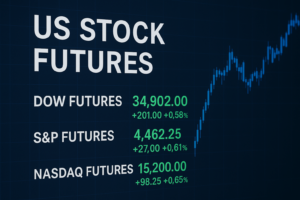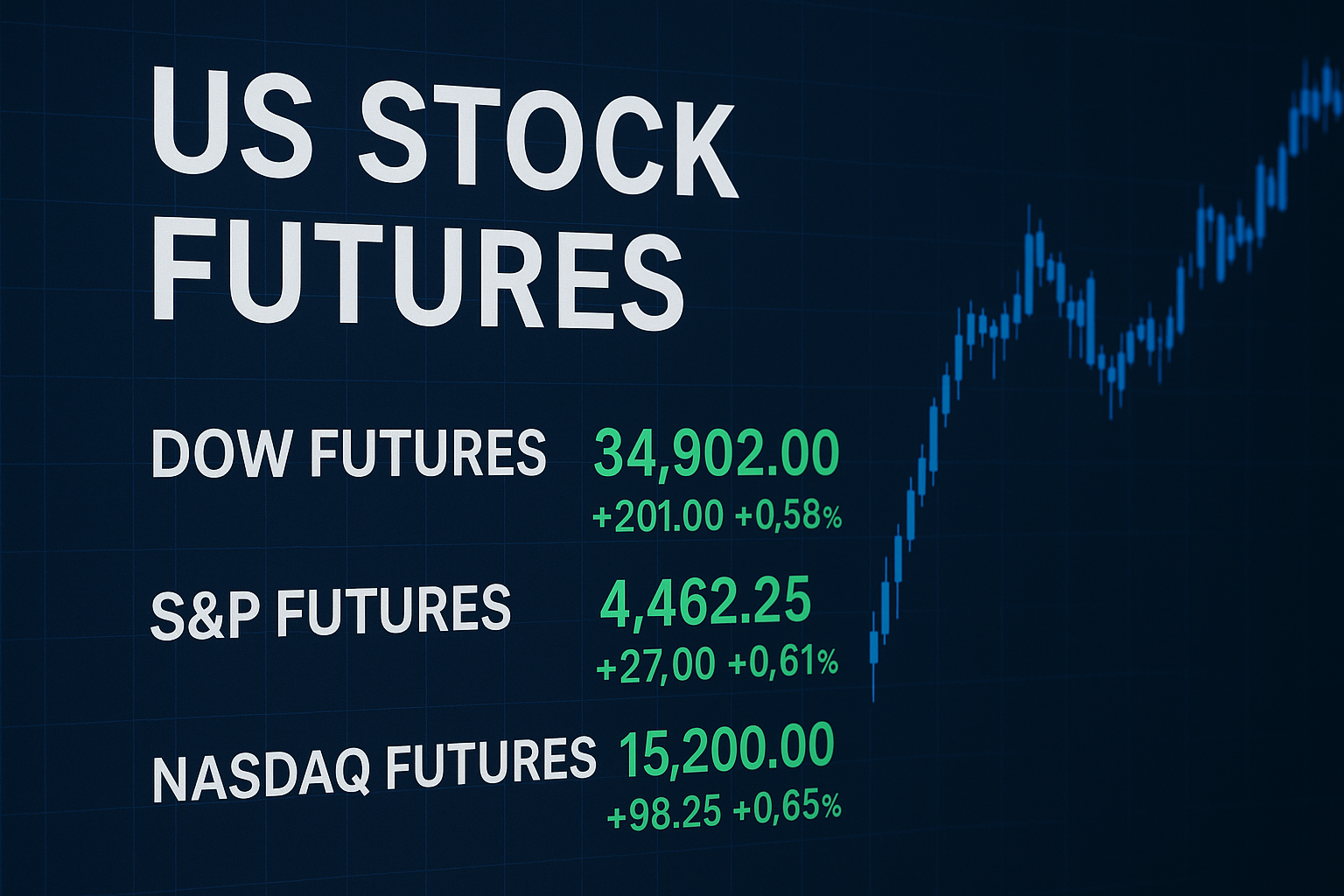The US Stock Futures Market: Trends, Strategies, and Outlook for 2025
The dynamics of the US stock futures market have never been more pivotal. As economic uncertainty and global events continue to drive sentiment, understanding this market is essential for traders, investors, and financial professionals. This article provides a comprehensive guide to the current landscape, key strategies, and emerging trends shaping the stock futures market now and in the months ahead.
What is the Stock Futures Market?
At the core, the stock futures market is where traders and institutions buy and sell contracts on future prices of major stock indices or individual equities. Unlike trading actual shares, these contracts represent an agreement to buy or sell an asset at a set price on a specific future date. This system enables market participants to hedge risks, speculate on market direction, or manage portfolio exposure with greater flexibility.
For US investors, the most actively traded instruments include S&P 500, Dow Jones, and Nasdaq 100 futures. Activity in these markets often sets the stage for the broader market’s mood before regular trading hours begin.
Current Trends in the Stock Futures Market (August 2025)
As we move into August 2025, the stock futures market is experiencing considerable volatility and heightened activity. Several factors are at play:
-
Macroeconomic Events Fueling Volatility: Key economic data—such as inflation announcements, non-farm payroll numbers, and evolving interest rate policies—continue to cause sharp swings in the price of futures contracts.
-
Tariff and Policy Updates: Recent policy developments, including changes in tariffs and fiscal strategies, have led to rapid shifts in sentiment, translating into unpredictable movements in futures contracts.
-
Pre-Market Indicators: Futures activity remains a critical barometer for regular trading, providing early insights into how investors may react to overnight news or after-hours corporate results.
Major stock futures, such as the S&P 500 and Dow, saw significant fluctuations in the first week of August, rebounding quickly after brief declines caused by weaker-than-expected jobs data. This rapid recovery demonstrates the resilience and dynamic nature of the stock futures market right now.
Why the Stock Futures Market Matters
The unique advantage of the stock futures market is the ability to trade nearly around the clock. Investors can respond to global news as it happens, rather than waiting for the US stock market to open. This provides a strategic edge—particularly during volatile periods or when major international developments take place outside of US trading hours.
Another major draw is leverage. With futures trading, investors can take large positions with relatively small amounts of capital (the margin requirement), magnifying both gains and losses. While this unlocks more potential, it also means risk management is crucial.
Key Strategies for Today’s Stock Futures Market
1. Hedge Against Risk
One popular method is to use stock futures contracts to hedge other investments. For example, if you hold a broad portfolio of equities but worry about a short-term market dip, you can short S&P 500 futures as protection. If the market drops, losses on your stocks may be partially offset by gains on the futures trade.
2. Speculate on Direction
If you predict a strong rally or downturn, trading in the stock futures market allows you to express that view more efficiently and with less capital than buying or shorting physical shares.
3. Spread Trading and Arbitrage
Advanced traders often deploy spread strategies—buying and selling related futures contracts to profit from price differences. This reduces directional risk and can help generate steady returns even in sideways markets.
4. Rollover Management
As expiration dates approach, traders frequently “roll over” into new contracts to maintain exposure, shifting their positions to the next expiration month. Staying aware of contract expiries and rollovers is fundamental to success in the stock futures market.
Risk Management: Essential for Futures Traders
Trading futures magnifies both rewards and risks. Volatile market conditions can trigger large and rapid price moves. Here are essential risk controls for anyone trading in the stock futures market:
-
Use Stop-Loss Orders: Predetermine your exit points to limit downside exposure.
-
Maintain Sufficient Margin: Monitor your account balance to avoid margin calls and forced liquidation.
-
Diversify Positions: Avoid over-concentration in a single contract or strategy.
-
Stay Informed: Follow market news, economic reports, and central bank updates that influence futures pricing.
Recent Developments and Economic Impact
August 2025 has already brought several news-driven swings. The latest jobs data initially caused index futures to dip, only to recover as investor optimism returned based on revised economic forecasts and hopes for policy support.
Meanwhile, discussions around international trade, potential tariff hikes, and shifting central bank policy rates keep traders on their toes. Staying alert to these developments is a must for profiting in today’s stock futures market.
What Lies Ahead: The Evolving Stock Futures Environment
Looking forward, analysts expect more short-term swings as the US and global economies adapt to fiscal and monetary policy shifts. Technology continues to play a growing role, with algorithmic trading and real-time analytics now standard among active futures traders. As more retail investors enter the fray, tools for education and risk mitigation are improving, making the stock futures market more accessible than ever.

How to Start in the Stock Futures Market
If you’re new to this arena, begin with a regulated, reputable brokerage that offers demo accounts, real-time data, and comprehensive educational materials. Develop a detailed plan, practice with simulated trades, and work on mastering your chosen strategies before committing significant capital.
Crucially, treat the stock futures market as both an opportunity and a responsibility—deploying robust risk management and continuously sharpening your market knowledge.
The US stock futures market is full of potential for those who approach it with discipline and preparation. From hedging and speculation to advanced spread trading, there’s a strategy for every risk appetite. With the right skills and up-to-date market awareness, you can navigate the volatility and seize opportunities in the stock futures market throughout the remainder of 2025 and beyond.




Solid analysis of game strategy is key, and platforms like ph799 link seem to recognize that, offering more than just spins. Building a strong foundation – account security is crucial, just like solid pre-flop play! Good stuff.
Interesting analysis! Seeing more PH-focused platforms like ArionPlay emerge is great for local esports betting options. Easy access via arionplay download free android & quick KYC is a huge plus for new players! Definitely worth checking out.